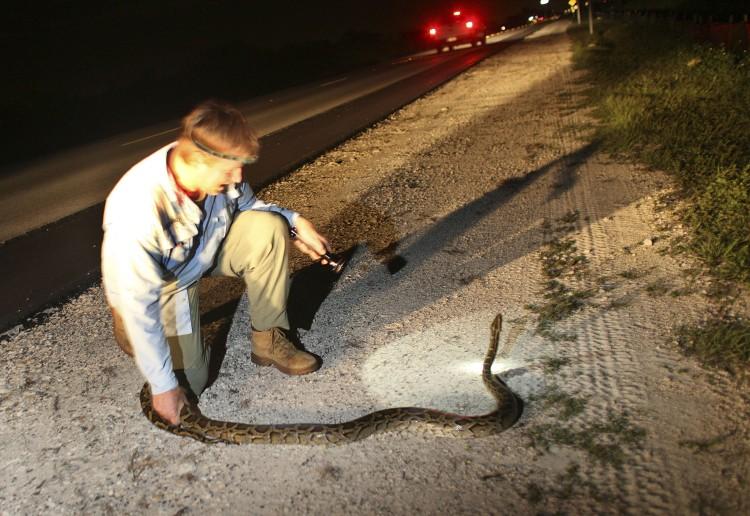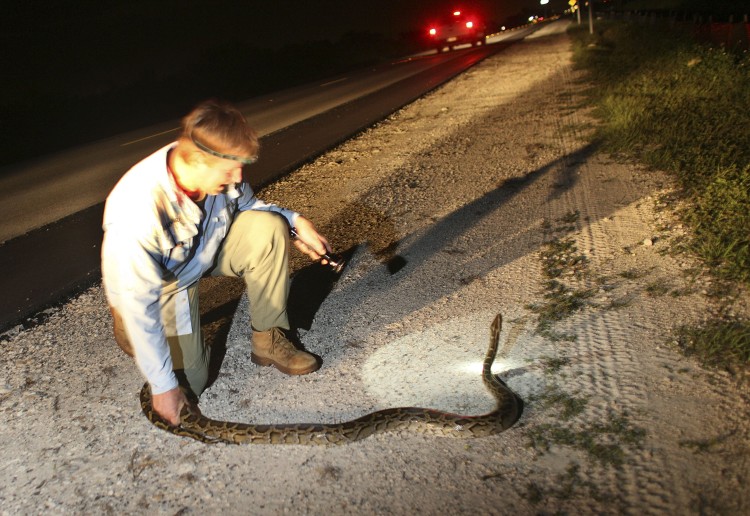Invasive Species Menace Florida Ecosystem
A 20-year University of Florida study shows that Florida has the worst invasive species problem in the world. Specifically, invasive reptiles and amphibians have had disastrous ecological impacts in Florida spanning over 100 years.
|Updated:





